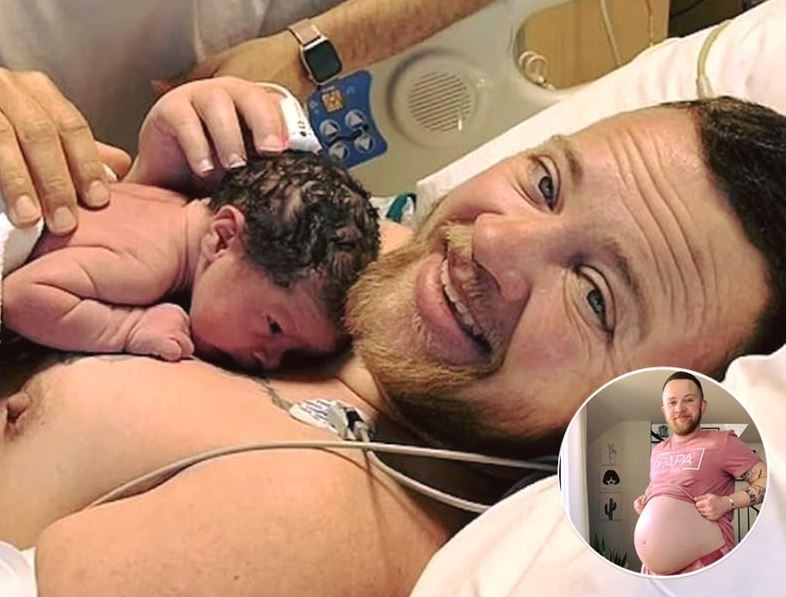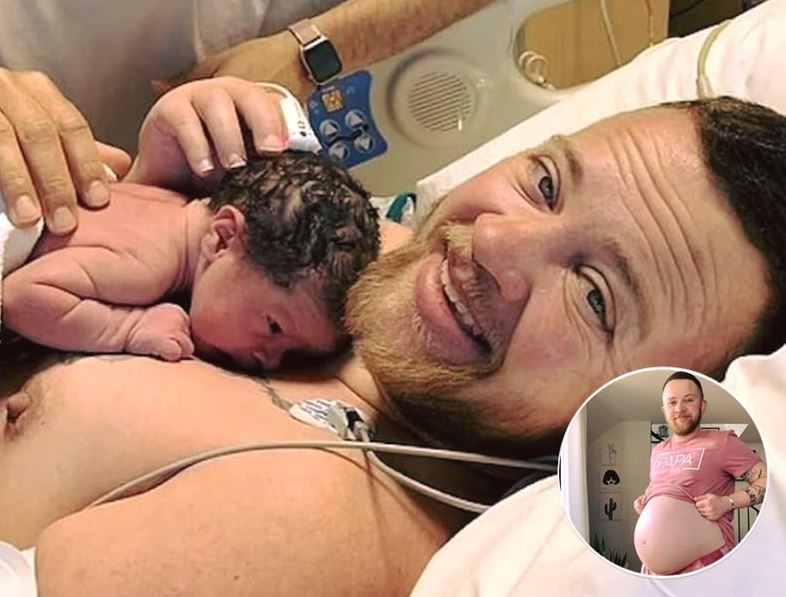
In today’s world, respecting someone’s preferred name and pronouns is one of the simplest yet most powerful ways to honor their identity—whether they are straight, gay, transgender, or anything in between.
In today’s world, using someone’s preferred name and pronouns is one of the most powerful ways to acknowledge and respect their identity—whether they are straight, gay, transgender, or non-binary. Yet, not everyone follows this practice, often holding onto outdated beliefs or disregarding the diverse ways people define themselves.
Bennett Kaspar-Williams, a 37-year-old from Los Angeles, welcomed their son Hudson into the world via cesarean section in October 2020, with the support of their husband, Malik. However, despite Kaspar-Williams identifying as male at the time (he now identifies as non-binary, using both he/him/his and they/them pronouns), their hospital experience was fraught with challenges. Nurses repeatedly misgendered them, referring to them as “mother” instead of “father,” as reported by the Daily Mail.
Kaspar-Williams began his transition in 2014, after realizing he was transgender in 2011. The decision to start a family came after much thought and consideration. He and Malik knew that Bennett would have to pause his testosterone therapy, which he’d been on for years, in order for his ovaries to resume functioning.
Although Bennett had undergone top surgery, he hadn’t had any surgeries on his lower body. After much reflection, Bennett felt at peace with the idea of carrying a child himself. To their surprise, they conceived naturally not long after they began trying.
“We had only been trying for a short while, so we expected it to take longer,” Bennett shared.
However, as their pregnancy journey unfolded, it was met with a blend of fulfillment and frustration. Just as the couple was preparing for their new arrival, the pandemic began to take hold. “This was just about a week before we went into lockdown in March 2020, so my high spirits were quickly replaced by anxiety about how I would keep myself and my baby safe,” Bennett recalled.
But the real challenge wasn’t just the pandemic—it was the way Bennett was treated by medical staff. Despite indicating his gender on medical forms, he was repeatedly misgendered, with staff calling him “mom” rather than “dad.” “The only thing that made me dysphoric about my pregnancy was the misgendering when I was getting medical care,” he admitted.
This persistent misgendering sparked a deeper conversation for Kaspar-Williams about how the medical community—and society at large—tend to link gender to motherhood. “The entire institution of pregnancy care in America is so centered around selling this concept of ‘motherhood,’” Bennett said. “It’s so intertwined with gender that it was hard to escape being misgendered.”
Kaspar-Williams’ frustration highlights a larger societal issue: the assumption that only women can give birth, or that pregnancy and motherhood are inherently tied to womanhood. As Bennett put it, “No one can ever really know whether having children is possible until you try—being born with a uterus doesn’t make conceiving or carrying a certainty.”
In the face of this, Kaspar-Williams has been vocal in advocating for the recognition that childbirth is not exclusive to women, and that the experience of parenthood is no longer confined to gendered expectations. “It’s so important that we stop defining ‘womanhood’ in terms of ‘motherhood,’” he said. “It’s a false equivalency that all women can become mothers, that all mothers carry their children, or that all people who carry children are mothers.”
Now, three years later, Bennett and Malik are grateful to be parents to their son, Hudson, and they continue to challenge the boundaries of identity and gender expectations in their journey as a family. Bennett’s story serves as a powerful reminder of the need to respect and honor people’s identities, and to understand that gender and parenthood can—and should—be seen beyond outdated norms.
